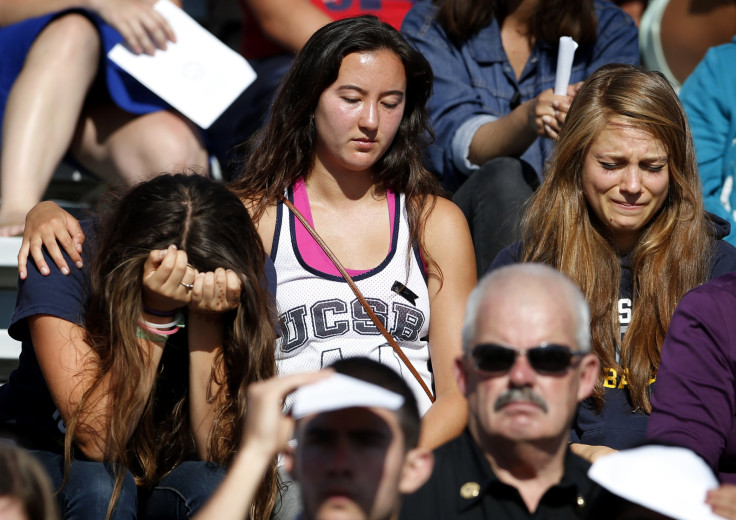California Police Lacked Probable Cause To Confiscate Shooter Elliot Rodger's Handguns

When police officers paid a visit to Elliot Rodger’s apartment last month, the 22-year-old college student thought the authorities might find his arsenal -- the weapons he would use to kill six people at the University of California at Santa Barbara before taking his own life. "For a few horrible seconds I thought it was all over," he wrote in his 140-page manifesto. The cops' possible discovery of his guns and ammo "could have ended everything."
Actually, it might have made no difference.
“For an adult who doesn’t have a criminal record or a record of commitment for mental illness, there’s no reason he couldn’t get a handgun,” Eugene Volokh, a law professor at the University of California, Los Angeles, told International Business Times.
The authorities questioned Rodger on his doorstep. But according to Volokh, the founder of a popular legal blog, the Volokh Conspiracy, even had they entered and seen the handguns, they could not have confiscated them.
“I don’t think they would have been able to take them, absent a judicial finding that the person was a danger to himself or others,” Volokh said. “It takes more than a phone call about disturbing videos. That alone doesn’t give police a basis for searching a person’s house for guns.”
After Friday’s shooting, authorities confirmed that all three of the semi-automatic handguns in Rodger’s possession were legally purchased sometime last year from federally licensed firearms dealers and were registered to the gunman. Rodger bought one of the handguns in Goleta, one in Oxnard and a third in Burbank.
According to California state law, a person can be barred from purchasing a firearm if he has communicated to a licensed psychotherapist a serious threat against an identifiable victim or if that person has ever received in-patient treatment for a mental disorder.
Assuming someone doesn’t fall into either of those camps, or one of the several other “prohibited categories” listed in California gun law, to obtain a handgun, a person merely must be at least 21 years of age and have valid California ID. A purchaser must wait 10 days before a firearm can be released to him. The law does not limit the number of handguns that can be owned by one person, but generally limits purchases to no more than one in any 30-day period.
Several states, including California, have strict standards when it comes to selling firearms to people who have been treated for mental illness. These laws include banning those who have voluntarily committed themselves to a mental institution from owning a gun.
Federal law also bans firearm ownership by anyone who has been diagnosed with mental illness or has been committed to any mental institution.
"During the course of his interaction with mental health professionals, [Rodger] apparently had never been either institutionalized or committed for an involuntary hold of any kind,” Santa Barbara County Sheriff Bill Brown said Sunday in an interview with CBS’ “Face the Nation.” “And those are the two triggers that actually would have made him a prohibited person in terms of a firearms purchase. So he was able, sadly, to obtain those three firearms."
© Copyright IBTimes 2024. All rights reserved.












